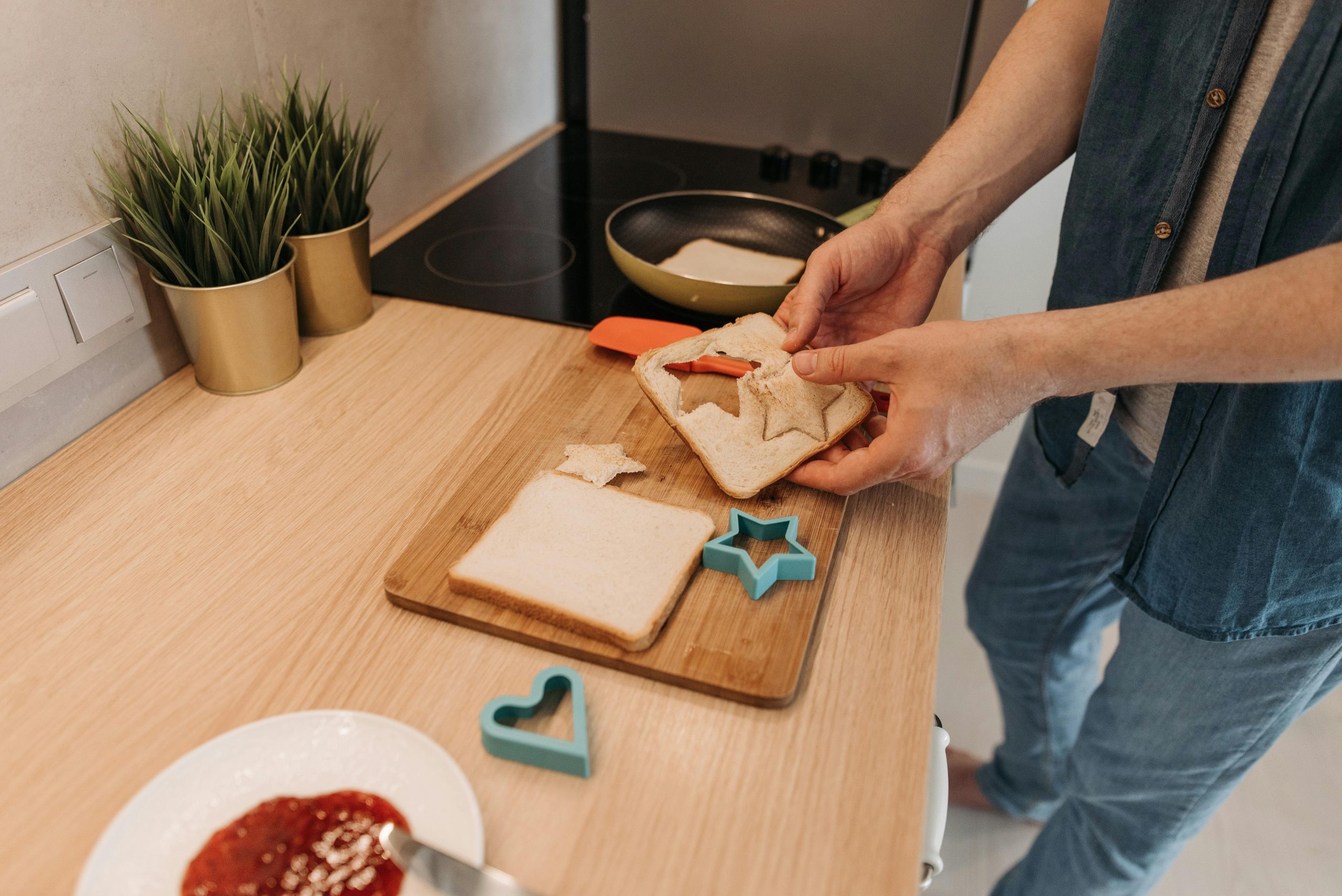Grocery shopping on a budget requires planning and strategy. This challenge intensifies when you’re shopping for a household that includes a picky eater. Balancing cost-saving measures with the need to accommodate limited food preferences can feel like a difficult tightrope walk. You want to save money, but you also need to ensure everyone eats without constant battles or wasted food. It requires creativity and compromise. Here are seven practical ways to navigate budget grocery shopping when dealing with a picky eater in the family.

Image Source: Pexels
1. Plan Meals Around Shared “Safe” Foods
Identify the core ingredients and simple meals that the picky eater reliably accepts. Make these “safe” foods the foundation of your weekly meal plan. This ensures there are always components everyone will eat, reducing the stress of mealtimes and potential food waste. Build variety around these core elements. For example, if plain pasta is accepted, you can add different sauces or proteins for other family members while keeping some pasta plain. Focusing on common ground simplifies shopping lists.
2. Buy Versatile Base Ingredients in Bulk
Certain staple ingredients often form the base of both picky-eater-friendly meals and more varied dishes. Think rice, pasta, potatoes, plain chicken breast, or ground meat. Buying these versatile bases in larger quantities or bulk is usually more cost-effective per serving. You can then adapt these bases easily. Prepare the base simply for the picky eater. Add more complex flavors, spices, or vegetables for others sharing the meal. This strategy saves money while allowing for customization.
3. Introduce New Foods Alongside Favorites (Low Pressure)
Trying to force new foods on a picky eater rarely works and increases stress. A more effective, budget-friendly approach is gradual exposure. Serve a very small portion of a new food alongside familiar, accepted favorites without pressure to eat it. This minimizes waste if the new food is rejected. Repeated, neutral exposure sometimes increases willingness to try things over time. Avoid making separate, entirely different meals, which is costly and time-consuming. Incorporate variety subtly around the accepted core foods.
4. Utilize Sales Strategically for Preferred Items

Image Source: Pexels
Picky eaters often have specific brands or types of foods they prefer (e.g., a particular brand of chicken nugget or yogurt). When these preferred items go on sale, stock up strategically within reason (considering expiration dates and storage space). While these items might not always be the absolute cheapest options overall, buying them on sale reduces the cost of providing foods you know will be eaten. Monitor weekly ads and use store loyalty programs to maximize savings on these must-have items.
5. Cook Meal Components Separately Sometimes
Deconstructing meals can be a helpful strategy. Instead of serving a fully mixed casserole or stir-fry, try cooking and serving components separately. For instance, offer plain cooked chicken, plain rice, and steamed broccoli individually. The picky eaters can choose the elements they accept. Other family members can combine components or add sauces and seasonings to create a more complex dish. This approach accommodates different preferences with minimal extra cooking and allows better use of ingredients bought on sale.
6. Focus Major Savings on Non-Picky Items
Accept that you might spend a bit more on the specific foods the picky eater requires. Focus your major budget-saving efforts elsewhere. Maximize savings on groceries for the non-picky members of the household. Be diligent about saving on household supplies, cleaning products, toiletries, and pantry staples that everyone uses. Use coupons, store brands, and sales for these items consistently. This helps offset any extra cost incurred in accommodating the picky eater’s preferences without creating dietary stress.
7. Involve the Picky Eater in Planning and Choices (Within Limits)
Giving the picky eater some sense of control can sometimes increase cooperation. Involve them in meal planning by offering limited, acceptable choices (e.g., “Should we have chicken or fish tonight?”). Let them help choose between two acceptable vegetables at the store. This involvement doesn’t mean catering to every whim. It means providing structured choices within the boundaries of your budget and nutritional goals. Feeling heard can make them slightly more open or less resistant at meal times.
Finding the Budget-Friendly Balance
Grocery shopping on a budget with a picky eater requires patience, planning, and flexibility. Focus on common ground by planning meals around accepted “safe” foods. Buy versatile base ingredients in bulk and adapt them. Introduce new foods gradually alongside favorites without pressure. Strategically stock up on preferred items when they are on sale. Cook components separately when feasible. Concentrate major savings efforts on non-picky items. Involving the picky eater in limited choices can also help. Finding this balance reduces food waste, lowers stress, and keeps your grocery budget on track.
What are your biggest challenges when grocery shopping for a picky eater on a budget? What strategies have worked best for your family? Share your tips below!
Read More


